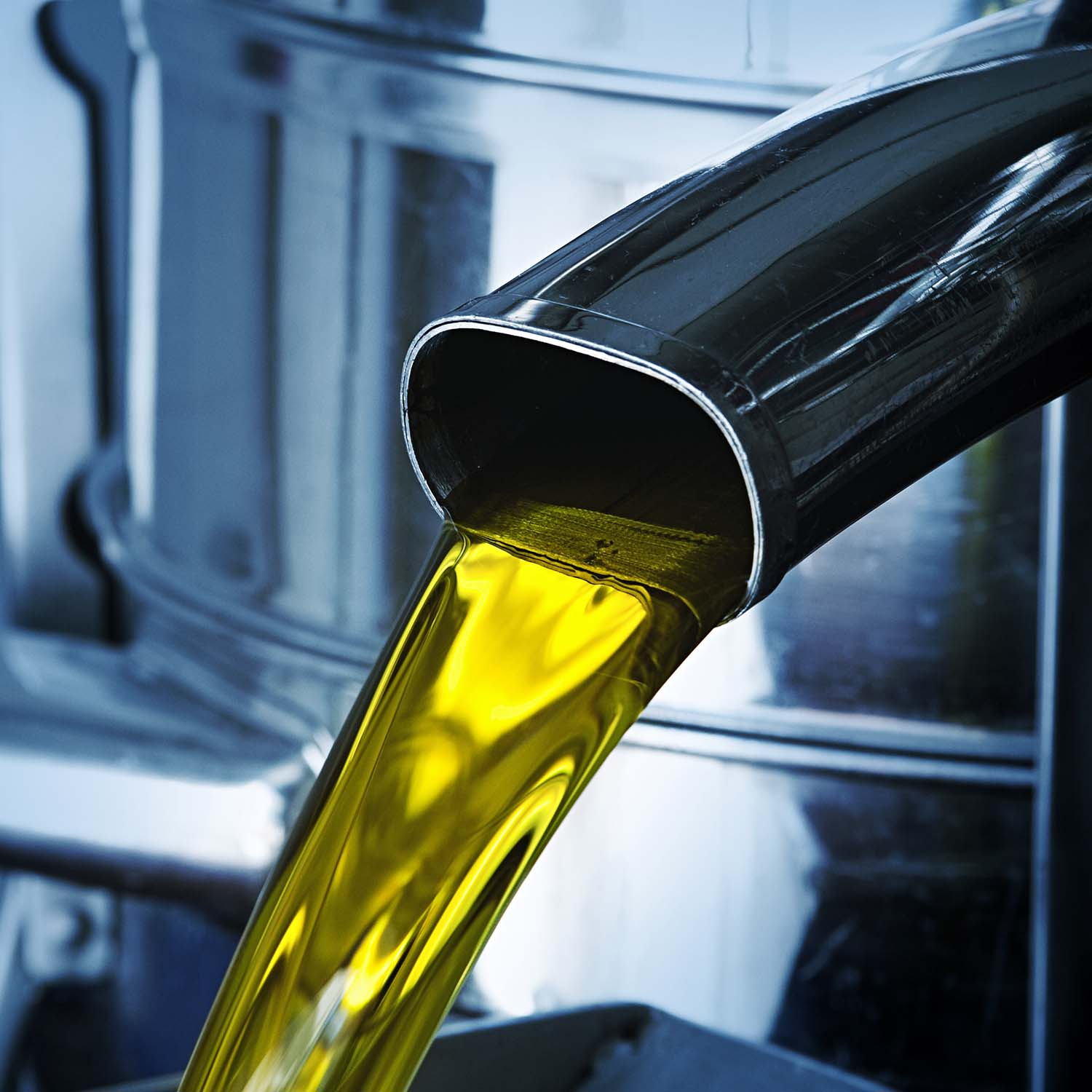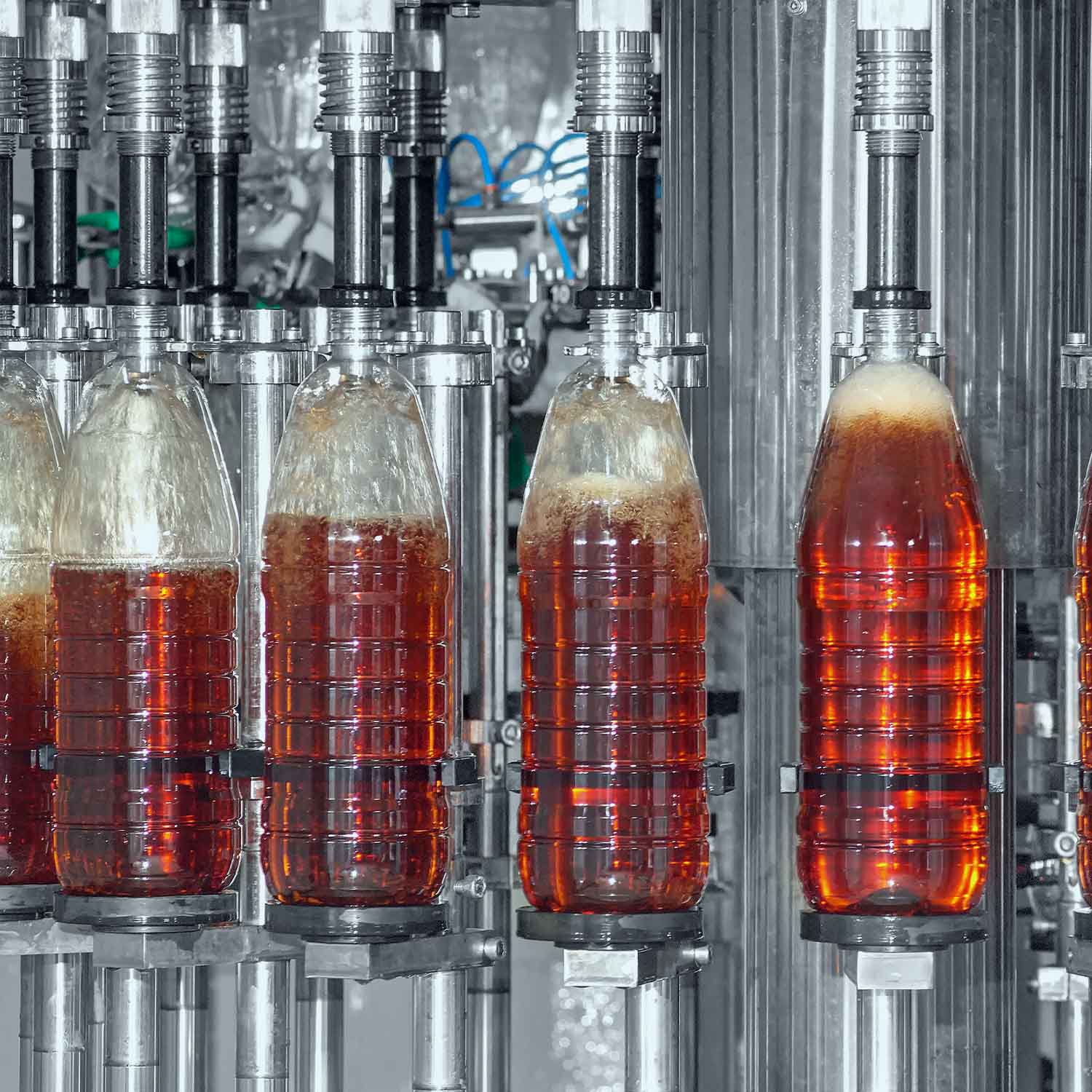
Applications
Edible Oil
To purify edible oils made from a variety of raw materials, such as palm, olive, coconut, and rape sources, activated carbon is frequently used. Toxins that are naturally present or entrained during the extraction or refining process can be effectively changed in colour and removed.


Brewing, Bottling and Soft Drinks
Activated carbons ensure the effective removal of:
- Chlorine
- THM (trihalomethanes)
- Organic contaminants
- Chloramine
- Taste and odour
- Trace undesirable compounds such as pesticides
Depending on your specific process, we can advise which activated carbon is best when producing your beverage.
Fruit Juice
Activated carbon is useful in concentrated fruit juice production for:
- Reduction of light and dark colours
- Deodorisation/patulin removal
- Elimination of undesirable by-products like HMF (hydroxymethylfurfural)
- Colour correction
- For apple/grape juice concentrate, patulin can be eliminated, and eventually trace pesticides.


Sweeteners
Activated carbons can remove unnecessary by-products and colours from various sweeteners, including:
- Cane sugar
- Glucose
- Fructose syrups
Wine & Vinegar
Activated carbon products are necessary to produce wine and vinegar since they remove unwanted contaminants and regulate colour, flavor, and odour.
Our carbons can remove contaminants like pesticides, which is a growing concern. It is possible to get rid of impurities as well as substances like isopropyl methoxy pyrazine and other compounds that produce unpleasant odours by utilizing powdered carbons with a microporous structure. To remove undesirable colorants like tannins and anthocyanins, powdered carbons with a macroporous structure are needed.

